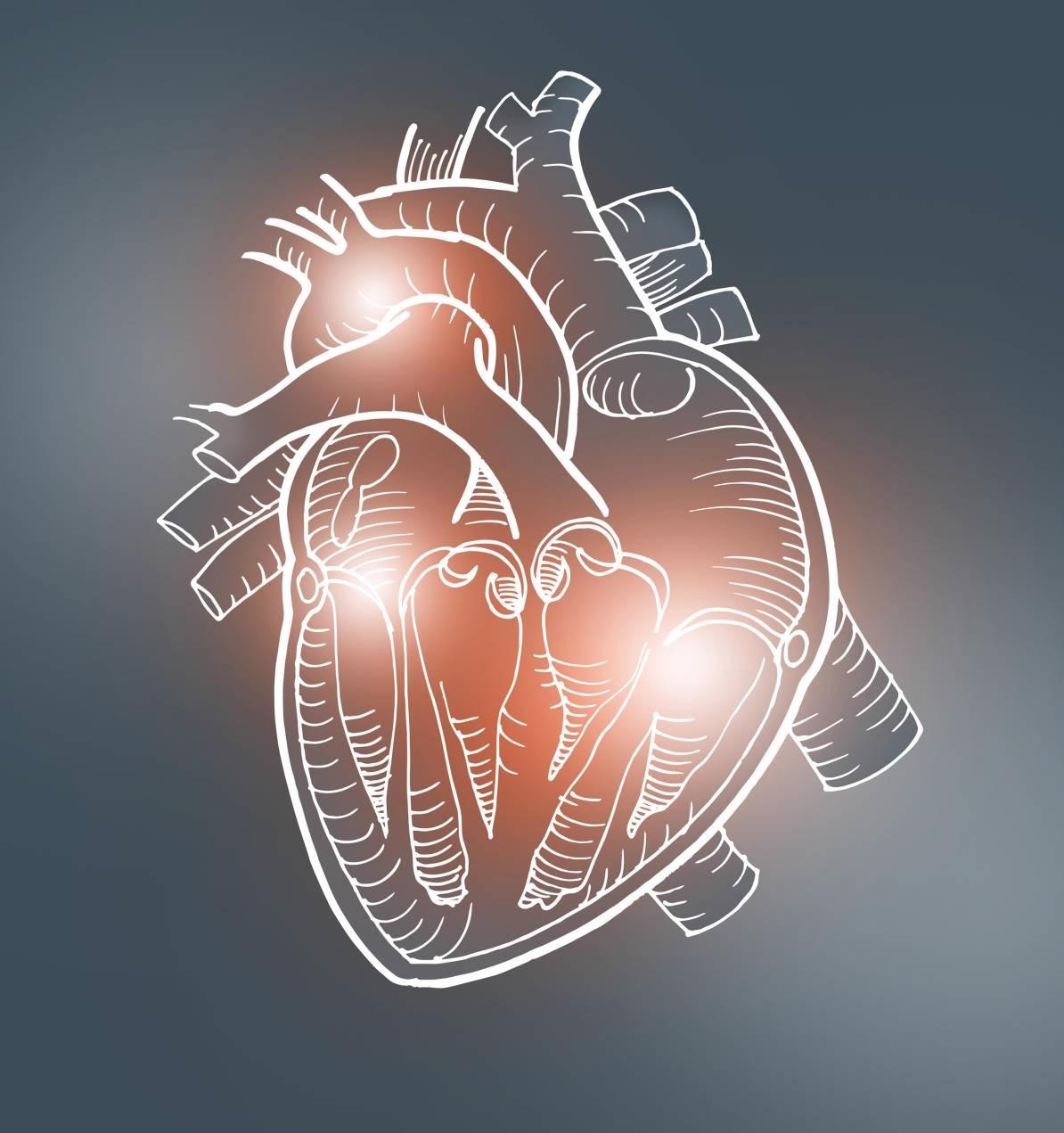
Image Credit: GETTY IMAGES
The technology, designed upon natural images of patients' diseased hearts and their backgrounds, considerably improves doctors' predictions and is likely to modernize clinical decision-making and improve survival from unexpected and fatal cardiac arrhythmias, one of the deadliest and most mystifying conditions in the field of medicine.
Sudden cardiac death caused by arrhythmia accounts for as many as 20% of all deaths worldwide and we know little about why it's happening or how to tell who's at risk. There are patients who may be at low risk of sudden cardiac death getting defibrillators that they might not need and then there are high-risk patients that aren't getting the treatment they need and could die in the prime of their life.
Natalia Trayanova, Study Senior Author and Professor of Biomedical Engineering and Medicine, Johns Hopkins University
“What our algorithm can do is determine who is at risk for cardiac death and when it will occur, allowing doctors to decide exactly what needs to be done," Trayanova added.
The team is the first to utilize neural networks to develop a tailored survival assessment for each patient with a heart condition. These risk measures provide, with high exactness, the chance for an unexpected cardiac death over 10 years, and when it is most likely to happen.
The deep learning technology is known as Survival Study of Cardiac Arrhythmia Risk (SSCAR). The name indicates cardiac scarring as a result of heart disease that frequently results in deadly arrhythmias, and is central to the algorithm's predictions.
The researchers used contrast-improved cardiac images that show scar distribution from hundreds of real patients at Johns Hopkins Hospital with cardiac scarring to program an algorithm to spot patterns and relationships that are not generally noticeable to the naked eye.
Existing clinical cardiac image analysis pulls out only basic scar features such as volume and mass, seriously underutilizing what this work has shown to be important data.
The images carry critical information that doctors haven't been able to access. This scarring can be distributed in different ways and it says something about a patient's chance for survival. There is information hidden in it.
Dan Popescu, Study First Author and Former Doctoral Student, Johns Hopkins University
The researchers programmed a second neural network to learn from a decade of basic clinical patient data, 22 factors like patients' age, race, weight and prescription drug use.
The predictions of the algorithms were not only considerably more accurate on every level compared to doctors, but they were also authenticated in tests with an autonomous patient cohort from 60 health centers spanning the United States, with various cardiac histories and diverse imaging data, signifying that the platform could be implemented anywhere.
This has the potential to significantly shape clinical decision-making regarding arrhythmia risk and represents an essential step towards bringing patient trajectory prognostication into the age of artificial intelligence. It epitomizes the trend of merging artificial intelligence, engineering, and medicine as the future of healthcare.
Natalia Trayanova, Study Senior Author and Professor of Biomedical Engineering and Medicine, Johns Hopkins University
Trayanova is also the co-director of the Alliance for Cardiovascular Diagnostic and Treatment Innovation.
The researchers are currently aiming to develop algorithms to identify other cardiac diseases. According to Trayanova, the deep-learning idea could be designed for other domains of medicine that depend on a visual diagnosis.
Journal Reference:
Popescu, D., et al. (2022) Arrhythmic sudden death survival prediction using deep learning analysis of scarring in the heart. Nature Cardiovascular Research. doi.org/10.1038/s44161-022-00041-9.